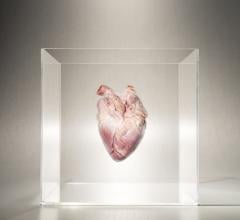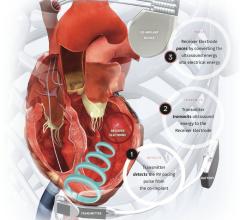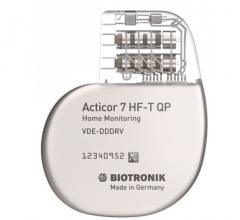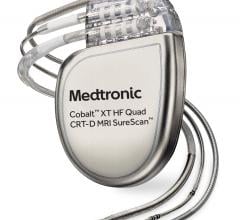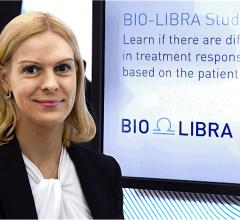
May 13, 2019 – Results from a new survey are the first to report a large discrepancy in patient’s knowledge of their cardiac implantable electronic device (CIED). The study reviewed patients’ overall knowledge of data from their devices as well as their perceptions on what is most important. Participants in this study have a strong desire to better understand their device and its data, with more guidance on battery life as the most important aspect for patients. The study was presented at Heart Rhythm 2019, the Heart Rhythm Society's 40th Annual Scientific Sessions.
In the United States, cardiac arrhythmias impact an estimated 14.4 million patients.[1] Today, CIEDs have evolved to be a prevalent treatment option for these patients, with more than 300,000 individuals receiving new CIED implants every year in the U.S. alone.[2] As new technology innovations emerge, patients have greater or unprecedented access to real-time data and information about their health from their devices. With advancing technology and increasing use of CIEDs, there is a need to better understand patients' knowledge of their devices and their perceptions of what data elements are most important.
The study initially screened 400 patients between July and December 2018 who attended an in-person device evaluation at the Cleveland Clinic outpatient clinic. The mean patient age was 62.9±12.8 years and 64 percent were male. Patients received a one-page questionnaire asking multiple choice questions in seven basic categories: type of CIED, original indication, functionality, manufacturer, number of active leads, estimated battery life, and number of shocks. Their answers were then compared to their interrogation report to assess accuracy. Patients were also asked to share what data would be most important to them as the device user.
"Our research uncovered a discrepancy between patients’ perception of their own knowledge of their devices and their actual knowledge about their device. While some patients have lived with these devices for years, our results show that there is still a general lack of knowledge," said lead author Divyang Patel, M.D., Cleveland Clinic. "As digital health evolves, patients are able to access their own health data in real-time. By equipping device users to be active participants in their health, we hope they will be able to utilize their own data and be empowered to be more engaged in their care and live a healthier life."
In this cohort, 344 or 86 percent of patients agreed to take the survey. From this group, 62 percent agreed or strongly agreed that they were knowledgeable about their device, however, 84 percent missed at least one question. 48 percent of survey participants missed at least two questions about their device. Patients agreed or strongly agreed that they had a desire to have more information regarding each of the following: battery life (81 percent), activity level (76 percent), heart rate trend (73 percent) and ventricular arrhythmias (71 percent). The results of this study show a discrepancy in patients’ knowledge regarding their CIEDs and their wish to better understand the device.
"Despite the advancement in remote monitoring of CIEDs, up until recently it has been a process between clinicians and manufacturers, with patients on the receiving end. Now that patients have access to data in real-time, especially with the advancement of digital health technologies and increased use of smart devices, we need to help guide patients, clinicians, and manufacturers on how to make the most out of their information to help advance patient care and lead to positive outcomes," said senior author Khaldoun Tarakji, M.D., MPH, FHRS, Cleveland Clinic. "Our study is one of the first to give insight into the voice of the patient and what they desire to know. Now, the physician community along with device manufacturers and medical societies need to work together on a plan for optimal education and success."
All the HRS 2019 late-breaking studies
References:
1. Roger VL, Go AS, Lloyd-Jones DM, et al. American Heart Association Statistics Committee and Stroke Statistics Subcommittee. Heart disease and stroke statistics—2011 update: a report from the American Heart Association. Circulation 2011;123:e18-e209.
2. Greenspon A.J., Patel J.D., Lau E., et al. (2011) 16-year trends in the infection burden for pacemakers and implantable cardioverter-defibrillators in the United States 1993 to 2008. J Am Coll Cardiol 58:1001–1006.


 July 21, 2025
July 21, 2025 

